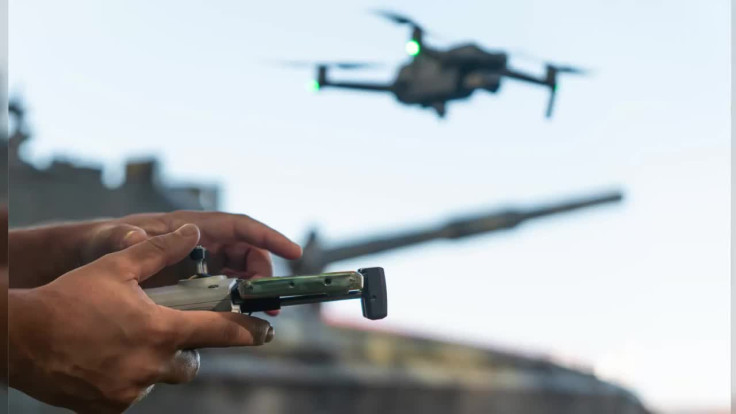
The Department of Homeland Security (DHS) is preparing to spend more than $100 million on counter-drone systems, even as lawmakers move to restrict the use of drones for surveillance inside the United States.
According to a notice published in DHS's Acquisition Planning Forecast System, which was reviewed by The Register, the agency intends to procure Counter-Unmanned Aircraft Systems (C-UAS) between 2026 and 2030 to detect, track, identify, and mitigate drone threats.
"These capabilities will support the detection, tracking, identification, and mitigation of UAS threats across diverse operational environments, ensuring the protection of critical infrastructure, public safety, and national security," DHS stated in the notice. The solicitation is scheduled for release on September 8, with contracts expected early next year.
The announcement comes amid heightened debate over DHS's own drone operations. The department has deployed MQ-9 Reaper drones over protests, prompting criticism that military-grade aircraft are being turned against civilians.
As a result, Los Angeles Councilwoman Eunisses Hernandez introduced a resolution supporting Rep. Jimmy Gomez's "Ban Military Drones Spying on Civilians Act." The legislation would prohibit DHS, the Department of Defense, and other executive agencies from using military drones to monitor protesters.
"Spying on people engaged in peaceful protest is unconstitutional, dangerous, and a direct attack on democracy," Hernandez said, while Gomez added that "military-grade drones have no business flying over our cities."
National security officials, however, argue that counter-drone measures are needed to confront risks at the southern border. Steven Willoughby, deputy director of DHS's Counter-UAS Program, told the Senate Judiciary Committee back in July that cartels use drones daily to smuggle drugs, conduct surveillance, and potentially prepare for attacks.
Willoughby testified that in the last six months of 2024, more than 27,000 drones were detected within 500 meters of the border, mostly flying above permitted altitudes and during nighttime hours. Those detections, he said, led to more than 1,500 arrests.
© 2025 Latin Times. All rights reserved. Do not reproduce without permission.





